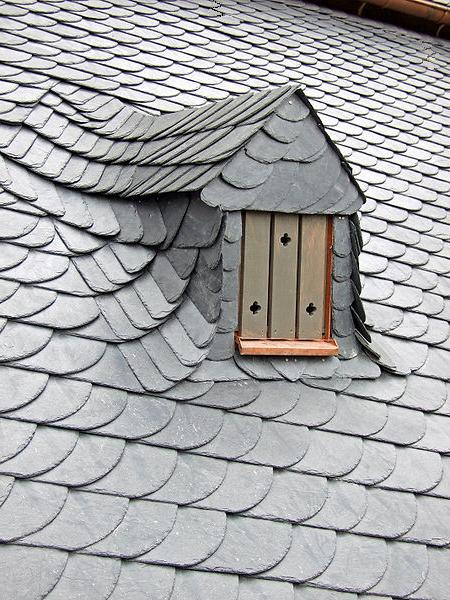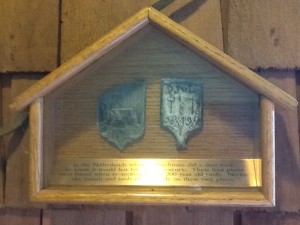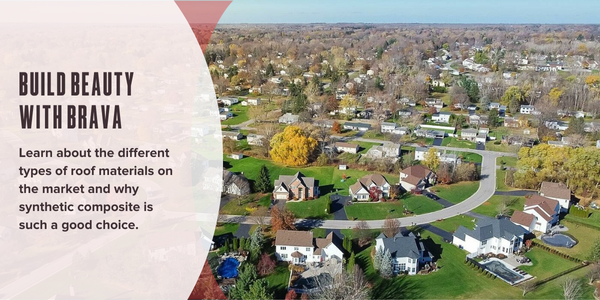What is a Slate Roof?

Slate roofs are one of the longest-lasting roofs you could have and are found all over the world. It is not uncommon to see these rock roofs last 100-200 years I recently had this photo sent to me from Scotland. These beautifully aged stone roofs can be found on a king's castles to a simple country home.
Slate roofs are made from large slabs of rocks called shale. These shale quarries can be found all over the world. The shale was formed from compressed sediment that would, over many years become a mudstone. This compression of the different sediment would create grains, that are called cleavage planes. After the stone has been taken from the quarry it is cut and sized then split by a craftsman to make the slate roofing materials. Every slate is different because it is hand split and because of the different colors of the sediment.

Having been in the roofing business long enough to enjoy re-roofing some of my own roofs that met their life cycle. I could not imagine slaters having to wait over a hundred years to do one of his slate roofs. It has been said the slaters would commonly nail a small lead plate to the sheathing and roof over it. It would have been formed or carved with one’s initials, tools used, a date, or some design they wanted, leaving it to be discovered years later by the next roofer. These little lead memories of these roofers are nice to find. I have two of them under glass hanging on my office wall. Slate roofs are not just an average 3 tab roofing system. They are works of art and crafted by old school methods of roofing known only by a few roofers here in the states.
The different types of colors available are amazing and my favorite is many colors of reds and blues blended and I like the roofs installed with slight changes thicknesses and slate exposure.
The slate is installed by nails. The slater, if not done yet would knock two small holes into the slate where needed and fasten the slate with copper nails to a skip sheathing board. The use of these long-lasting stone shingles normally has copper flashings because of its rust-resistant properties lasting as long as the slate.
Have a question? AskARoofer HERE
Need a contractor? Check out our list of Roofing Contractors HERE.












Comments
Leave a Reply
Have an account? Login to leave a comment!
Sign In